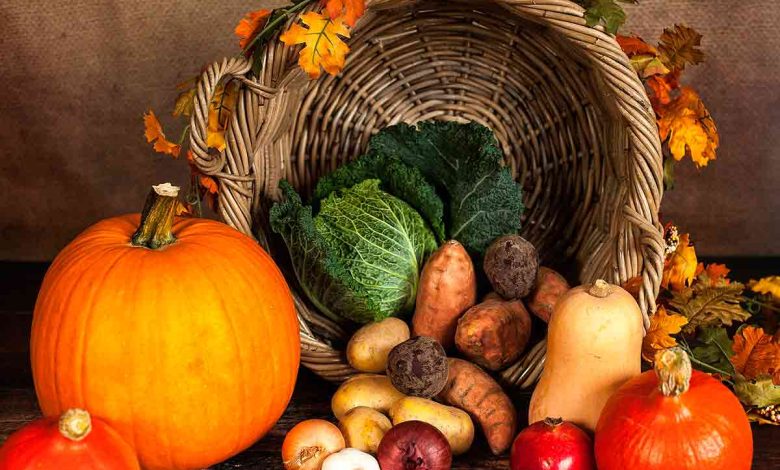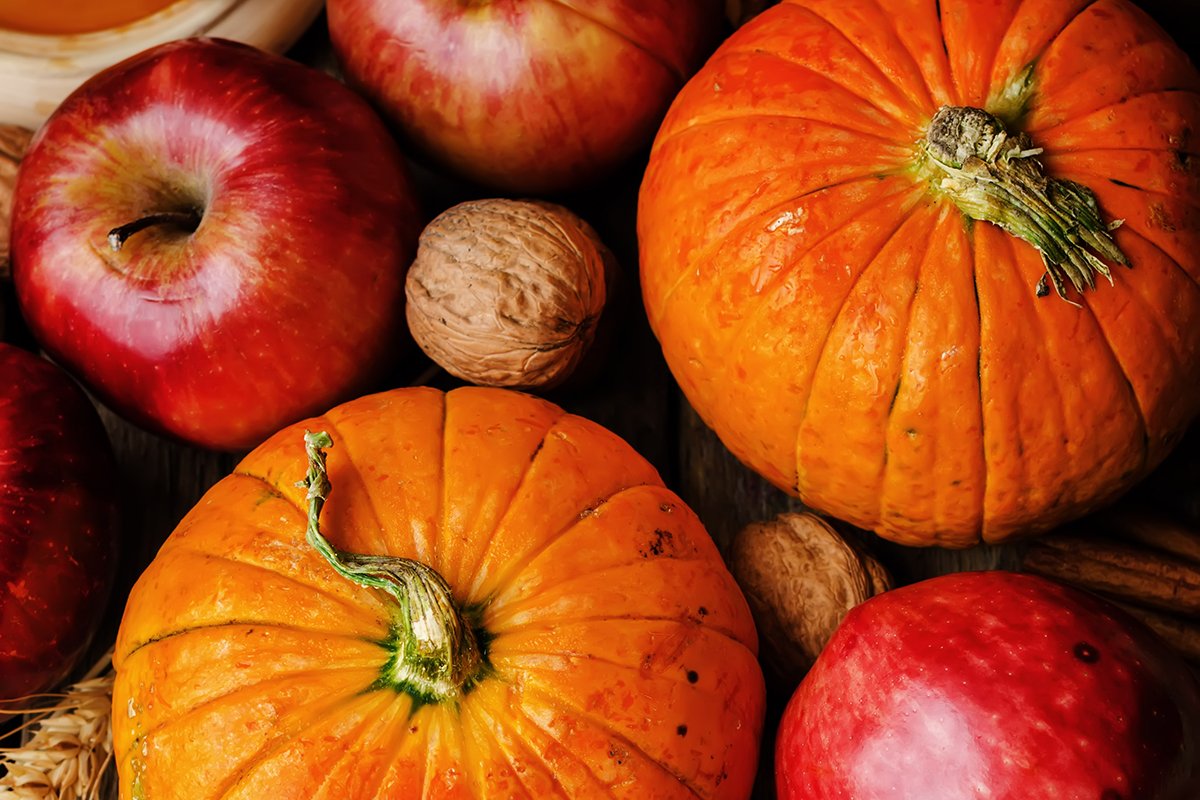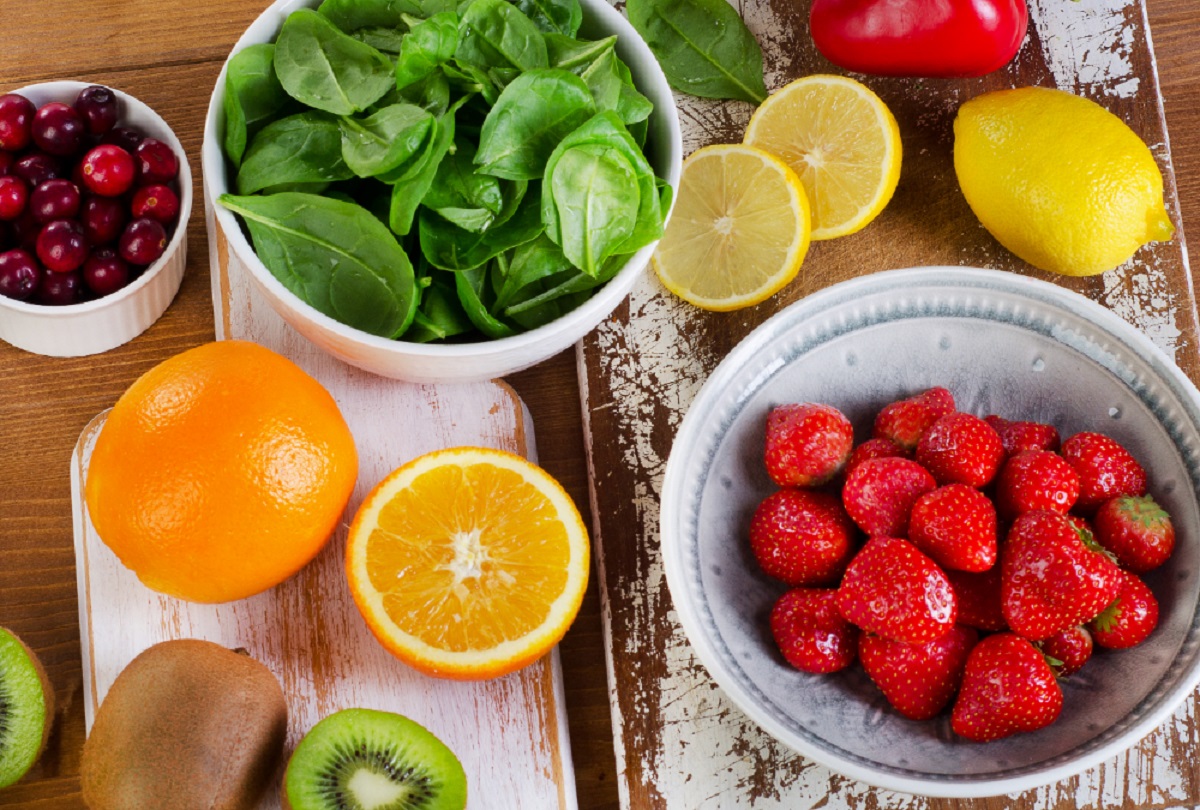Fall Nutrition: Embracing Seasonal Foods For Optimal Health

Fall Nutrition: As the days grow shorter and temperatures drop, the transition from summer to fall brings about not only changes in weather but also a shift in the types of foods available.
Fall offers an abundance of seasonal produce rich in nutrients that can help boost immunity, support overall health, and align with the body’s changing needs as we prepare for the colder months. This essay explores the importance of fall nutrition, highlighting key foods and dietary strategies that promote wellness during this season.
Fall Nutrition
1. The Nutritional Value Of Fall Produce

Fall Nutrition, Fall is synonymous with harvest, a time when many fruits and vegetables reach their peak ripeness and offer maximum nutritional benefits. Some of the most common seasonal foods during this time include pumpkins, squash, apples, sweet potatoes, and root vegetables like carrots and beets. These foods are not only rich in flavor but also packed with vitamins, minerals, and antioxidants that can support the body’s immune system and overall health.
Pumpkins And Squash:
Fall Nutrition, Pumpkins and other types of winter squash, such as butternut and acorn squash, are nutrient powerhouses. They are high in beta-carotene, a precursor to vitamin A, which is crucial for maintaining healthy skin, boosting the immune system, and supporting eye health. The vibrant orange color of these vegetables is a sign of their high antioxidant content, which helps protect the body from oxidative stress and inflammation. Pumpkins are also an excellent source of fiber, which aids digestion and promotes satiety, making them a great addition to fall meals.
Apples:
Fall Nutrition, An iconic fall fruit, apples are a versatile and convenient source of essential nutrients. Apples are high in dietary fiber, particularly pectin, which supports gut health and regulates blood sugar levels. They also contain vitamin C, which plays a key role in immune function, especially during cold and flu season. Apples are rich in polyphenols, antioxidants that contribute to heart health by reducing inflammation and lowering blood pressure.
Sweet Potatoes:
Fall Nutrition, Sweet potatoes are another fall favorite that provides a wide array of nutrients. Like pumpkins, sweet potatoes are rich in beta-carotene, fiber, and vitamins C and E. These nutrients work together to enhance immune function, improve skin health, and protect against the damage caused by free radicals. Sweet potatoes also contain complex carbohydrates, which provide a steady source of energy and help regulate blood sugar levels, making them an ideal choice for balancing energy throughout the day.
2. The Importance Of Warming, Hearty Meals
Fall Nutrition, As the weather cools down, the body craves warmth and comfort, which is why fall is the perfect time to embrace hearty, nourishing meals. Seasonal produce lends itself to warming soups, stews, and casseroles that not only satisfy hunger but also provide essential nutrients to support the body’s health during colder months.
Soups And Stews:
Fall Nutrition, Fall vegetables like squash, sweet potatoes, carrots, and root vegetables can be easily incorporated into soups and stews, which are filling and hydrating. These meals are often rich in fiber, vitamins, and minerals, promoting digestion and boosting overall health. Adding lean proteins like chicken, turkey, or legumes to these dishes helps create balanced, nutrient-dense meals that keep the body fueled and energized.
Whole Grains And Legumes:
Fall Nutrition, Incorporating whole grains like quinoa, barley, and farro into fall dishes can provide sustained energy and support digestive health. Whole grains are rich in fiber, B vitamins, and minerals like magnesium and iron, which are important for energy production and immune function. Legumes, such as lentils and beans, are also excellent sources of protein and fiber, making them ideal for hearty, plant-based meals that promote satiety and balanced blood sugar levels.
3. Boosting Immunity Through Fall Nutrition

Fall Nutrition, As the body adjusts to the colder temperatures of fall, the immune system becomes more vulnerable to seasonal illnesses such as colds and the flu. Supporting immunity through diet is essential, and fall offers a variety of foods that can help strengthen the body’s defenses.
Vitamin C-Rich Foods:
Fall Nutrition, Citrus fruits like oranges and grapefruits, although more commonly associated with winter, often begin to appear in early fall and are excellent sources of vitamin C. Additionally, fall vegetables like bell peppers, kale, and Brussels sprouts are high in this immune-boosting nutrient. Vitamin C helps increase the production of white blood cells, which are essential for fighting infections.
Probiotic-Rich Foods:
Fall Nutrition, Maintaining gut health is crucial for a strong immune system, as a large portion of the immune system is housed in the gut. Fermented foods like yogurt, kefir, and sauerkraut, which contain beneficial probiotics, can help support gut health and promote a healthy balance of bacteria in the digestive system. Consuming these foods regularly during the fall can help bolster the body’s natural defenses against illness.
Antioxidant-Packed Foods:
Fall Nutrition, Antioxidants play a critical role in protecting the body from oxidative stress and inflammation, both of which can weaken the immune system. Fall fruits like cranberries and pomegranates are packed with antioxidants, including polyphenols and flavonoids, which help reduce inflammation and support immune health. Incorporating these fruits into salads, smoothies, or snacks can provide a powerful boost to overall wellness.
4. Mindful Indulgence: Healthier Fall Treats
Fall Nutrition, Fall is a season known for indulgent foods, from pumpkin-spiced lattes to sugary baked goods. While these treats are often associated with warmth and comfort, it’s important to enjoy them in moderation to avoid overconsumption of refined sugars and unhealthy fats. Instead, there are healthier alternatives that allow for indulgence without compromising nutrition.
Healthy Swaps:
Fall Nutrition, Instead of traditional pies and pastries loaded with sugar, try baking with whole grain flours, natural sweeteners like honey or maple syrup, and adding nutrient-dense ingredients like nuts and seeds. For example, a pumpkin pie can be made healthier by using almond flour for the crust and sweetening with coconut sugar or stevia. Similarly, roasted apples with cinnamon can provide a satisfying dessert that is both delicious and nutritious.
Homemade Comfort Foods:
Fall Nutrition, Making comfort foods at home allows for greater control over ingredients and portion sizes. Homemade granola, pumpkin muffins, or roasted root vegetables can satisfy cravings while providing essential nutrients. These foods can be made with whole ingredients and healthy fats, ensuring that indulgence doesn’t derail overall health goals.
Conclusion
Fall is a season of abundance, offering a wide variety of nutrient-rich foods that support health and wellness. By embracing seasonal produce, preparing warming, hearty meals, and making mindful choices when it comes to indulgent treats, individuals can maintain a balanced diet that promotes immunity, energy, and overall well-being throughout the season. As the body adjusts to cooler weather, fall nutrition becomes an essential tool for staying healthy and thriving during the changing seasons.
Also Read:
Staying Healthy In Autumn: A Comprehensive Guide
Autumn Health Guide For Children (0-12 years): Boosting Immunity And Staying Active
Best 5 Herbal Remedies For Autumn: Boosting Immunity Naturally
Boosting Immunity For Autumn: Preparing Your Body For Cold And Flu Season




